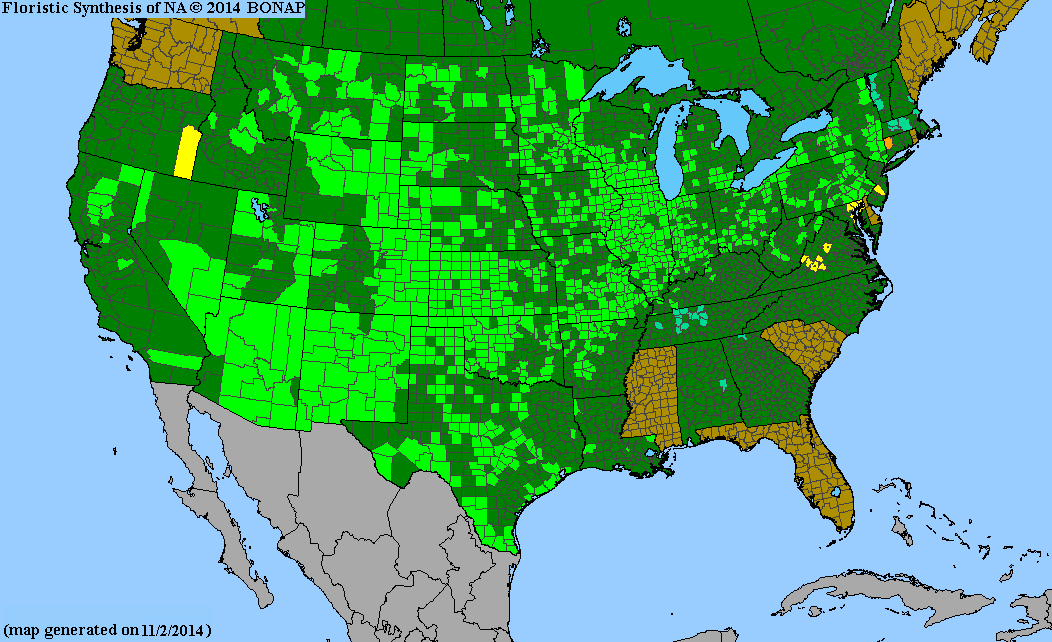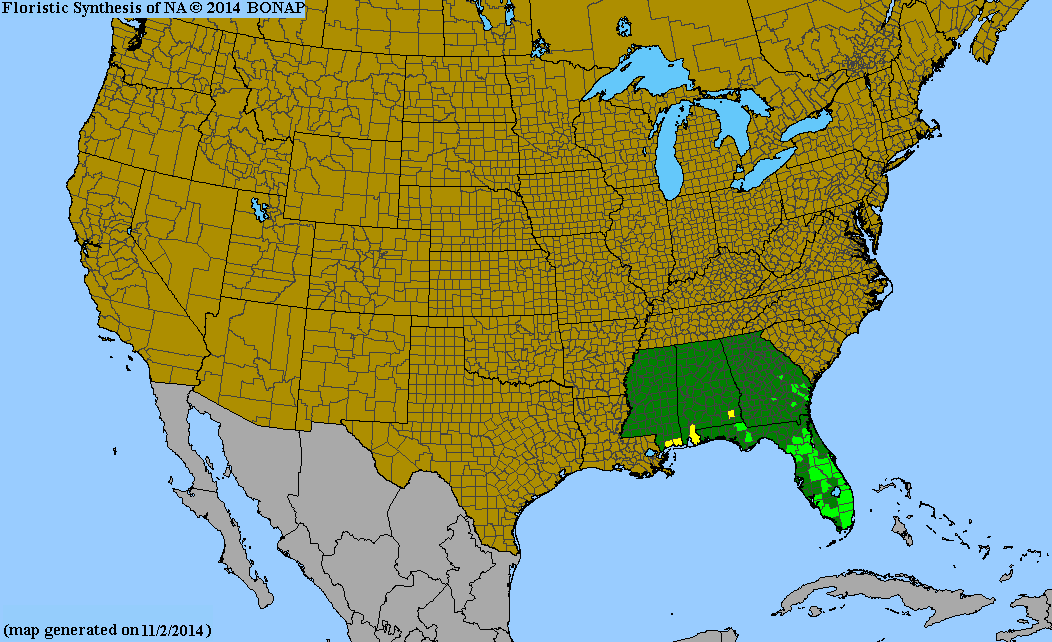Polanisia of the United States
I decided to try to learn the Polanisia species today. Compared with most groups I work with, it's very easy to get a good sense of the species groups. The FNA key is good and the BONAP maps show that most are geographically separated. It's only understanding the maddening variation of P. dodecandra, separating it from P. uniglandulosa, and identifying the varieties of P. dodecandra that is difficult. As such, I haven't really given any info there. P. erosa also looks like it could be challenging to assign varieties to across it's range, but that's not really what I want to focus on here.
'1. Large plants with non-linear leaves.
'2. Annuals with smaller flowers (stamens 20 or less); plants widespread
Polanisia dodecandra
There is a lot of variability in this species. Until I have a better understanding this variability, I am hesitant to provide any photos. Three varieties are recognized: http://floranorthamerica.org/Polanisia_dodecandra. Unless you're in NM or the Trans-Pecos region of TX, all showy Polanisia plants in the US should be some form of P. dodecandra.

Photos sources:
'2. Perennials with larger flowers (stamens 20 or more); plants restricted to Trans-Pecos TX and NM
Polanisia uniglandulosa



Photos sources:
https://www.inaturalist.org/observations/143612549
'1. Small plants with linear leaves.
'3. Petals entire; plants of the east of the Mississippi River
Polanisia tenuifolia



Photos sources:
https://www.inaturalist.org/observations/201044818
https://www.inaturalist.org/observations/217967692
'3. Petals erose; plants west of the Mississippi River
'4. Flowers larger (>6mm long), plants primarily SE of the Rolling Plains in TX and OK, restricted to TX, OK, AR, and LA.
Polanisia erosa
Quite a bit of variability in flower size and color in this species. Two varieties distinguished by flower size. However, given that S TX plants are usually yellow, flower color might be a more useful means of distinguishing the two (at least, via photos). I do not know the group well enough to know if the color correlates strongly with flower size.

Polanisia erosa var. erosa


Photos sources:
https://www.inaturalist.org/observations/130039313
https://www.inaturalist.org/observations/131668129
Polanisia erosa var. breviglandulosa


Photos sources:
https://www.inaturalist.org/observations/153580188
'4. Flowers smaller (<6mm long), plants primarily of the High Plains and Rolling Plains in TX and OK, W to NM and N to Minnesota
Polanisia jamesii



Photos sources:
https://www.inaturalist.org/observations/101985138
https://www.inaturalist.org/observations/48456052


